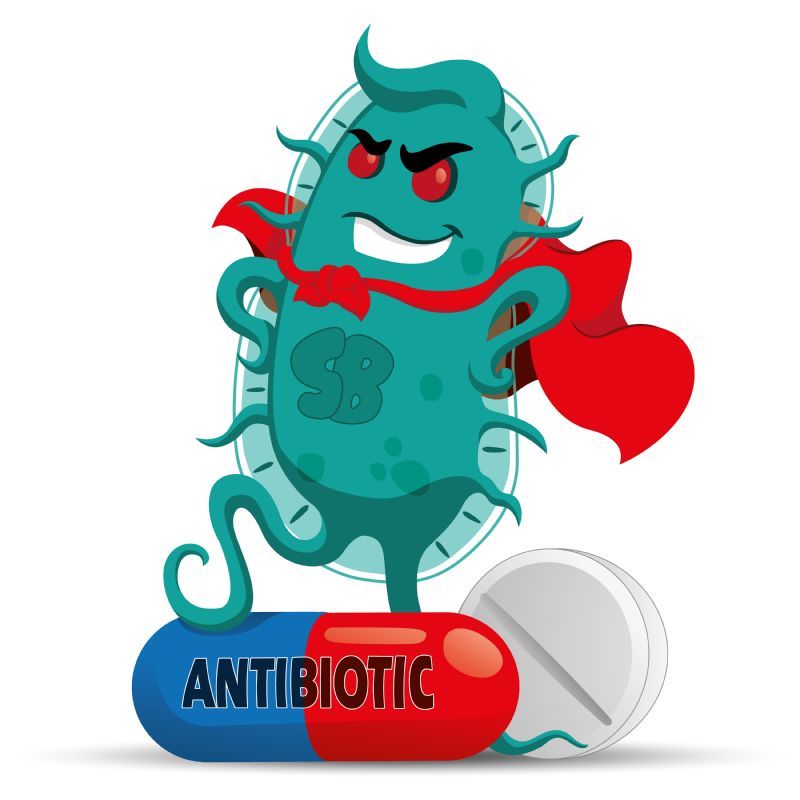 Written by Amanda Lundberg, BSN, RN
Written by Amanda Lundberg, BSN, RN
Like electricity, ultraviolet light is as old as the universe. It just took someone to notice.
The use of ultraviolet (UV) light as a disinfectant dates back to the 1800s when it was first discovered to have germicidal properties. Over the years, the technology has advanced, and UV light disinfection devices have become an increasingly popular method for killing harmful microorganisms in various settings, including healthcare facilities, laboratories, and public spaces. In this article, we will delve into the history of UV light disinfectant, exploring its origins, evolution, and applications in modern times.



~1.jpg)
The history of UV light disinfectant is a fascinating story of innovation and discovery. From its humble beginnings as a little-known scientific curiosity, UV light disinfection has evolved into a vital technology for ensuring public health and safety. As we continue to face new challenges posed by the spread of infectious diseases, the use of UV light disinfectant devices are likely to become even more widespread. With ongoing research and development, we can expect to see new applications and advances in this field in the years to come.
To learn more, check out our UV Disinfection articles that are written by experts! Our articles help you better understand the ins and outs of UV disinfection, and whether or not it can be beneficial to your industry.
We hope this helps!

Amanda is a registered nurse with over a decade of experience in hospital, clinic, and healthcare management settings. Her primary focus has been collaborating with patients to manage disease processes. Aiming at continuing active lifestyles for her patients, Amanda has become an expert in adjunct therapies.
Amanda incorporates a holistic approach to heal the body from within. She has completed extensive research in remedial treatments using oxygen, as well as becoming a professional light therapy specialist. Her reparative ethos to health has sparked engaging conversations and teaching opportunities nationwide.
Amanda has taken her passion for articulating technical medical language and transitioned to freelance writing. She enjoys bringing a clinical voice to health and wellness brands.